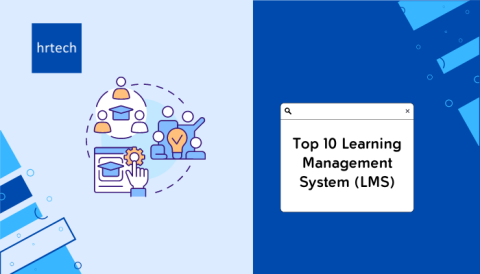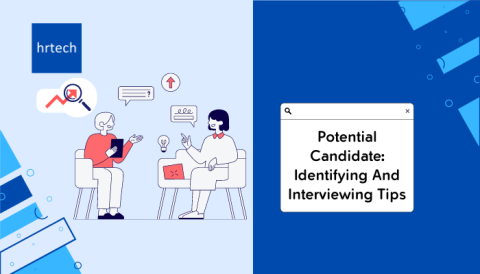Office teams need connection and energy during busy workdays. Smart HR leaders know that strategic workplace activities can spark collaboration, reduce stress, and create memorable shared experiences that people actually talk about.
Studies show that 89% of workers report they would deliver better results if their workplace included more interactive elements. Organizations that successfully engage their teams see 23% higher profits and significantly lower turnover rates compared to companies with disengaged workforces.
In this guide, we will share the 40+ best office games that you can implement this week, with no complex planning or huge budgets required.
Key Takeaways:
- Quick icebreaker games: Build instant connections during team meetings and onboarding sessions.
- Physical office activities: Boosts energy and reduces stress through movement-based games.
- Low-cost implementation: Most games require minimal resources but deliver high engagement returns.
- Measurable team benefits: Employee engagement games directly support collaboration, communication, and company culture goals.
What Are Employee Engagement Games in the Office?
Employee engagement games in the office are structured activities that foster connection, teamwork, and shared purpose during the workday. These games range from quick 5-minute icebreakers to longer team-building challenges that bring colleagues together in meaningful ways.
Popular examples include Office Olympics competitions, team Pictionary sessions, and Two Truths and a Lie introductions. The key is choosing activities that fit your office space, time constraints, and team dynamics.
These games become especially valuable in today’s hybrid work environment, where in-person interactions are more precious. They help connect remote and on-site team members while reinforcing your organizational values and culture.
Now that you understand what these games are, let’s explore why they deliver real business value for your organization.
Why Do These Games Matter for Your Organization?
Data shows that companies with engaged employees experience 81% lower absenteeism and substantially reduced turnover costs.
Here’s how well-designed in-office games help:
- Morale Booster: Energizes teams, reduces burnout, and creates positive workplace memories that employees share.
- Team Bonding: Builds trust between colleagues and improves communication across departments and hierarchy levels.
- Skill Building: Encourages creativity, problem-solving abilities, and collaborative thinking in low-pressure environments.
- Cultural Fit: Reinforces company values, promotes inclusion, and establishes shared workplace norms.
- Low Investment: Minimal cost requirements deliver high returns in employee sentiment and team cohesion.
Moving beyond the benefits, let’s explore specific games you can implement immediately.
40+ Fun Games to Try in Your Office
The following activities are organized by type so you can pick what fits your team’s needs, available space, and time constraints.
Icebreaker Games
These quick-start activities work perfectly for team meetings, new employee introductions, or when you need to energize a group fast.
1. Two Truths and a Lie
Each person shares three statements about themselves: two true, and one false. Groups guess which statement is the lie, creating natural conversation starters. This works especially well during hybrid meetings where remote team members join via video call, helping everyone feel included regardless of location.
2. Human Bingo
Design cards with squares like “Has traveled to more than 5 countries.” People mingle to find colleagues who match each description. This activity helps teams discover surprising commonalities and hidden talents while encouraging natural networking during breaks or social events.
3. Name That Tune
Play 10-15 second clips from popular songs across different decades. Teams compete to identify artists and titles first. You can customize playlists based on your team’s demographics and preferences, making it especially engaging for multigenerational workplaces.
4. Speed Networking
Set up 3-minute paired conversations with prompts like “What’s one skill you’d love to develop?” Rotate partners every few minutes. This helps large teams build personal connections efficiently and works great for onboarding new employees or cross-departmental meetings.
5. Would You Rather
Present workplace-appropriate dilemmas like “Would you rather have a four-day workweek or unlimited vacation days?” Discuss responses in small groups. This sparks interesting conversations about values and preferences while keeping things light and engaging.
6. Desert Island Picks
Each person names three items they’d bring to a desert island and explains their choices. Reveals personality traits and priorities. This activity helps team members understand each other’s thinking styles and decision-making approaches in a fun, non-work context.
7. Office Exploration Challenge
New team members find specific items or locations around the workplace while learning the building layout and meeting colleagues. Create lists that include both practical information (emergency exits, supply closets) and fun discoveries (best coffee spots, hidden artwork).
8. Quick Draw
One person draws a work-related concept while others guess. Fast-paced rounds keep the energy high during meetings. Use terms related to your industry, company values, or current projects to reinforce key concepts while having fun.
9. Favorite Things Sharing
People share their favorite book, movie, or hobby with brief explanations. Helps teams discover common interests. Schedule this during lunch breaks or coffee sessions to create natural conversation opportunities and build personal connections.
10. Mystery Colleague
Read anonymous fun facts about team members and have everyone guess who each fact describes. This reveals interesting personal details and creates opportunities for follow-up conversations about shared experiences or hobbies.
11. Bucket List Exchange
Share one item from your personal bucket list and explain why it matters. Creates deeper personal connections. This activity helps team members see each other as whole people with dreams and aspirations beyond work responsibilities.
These icebreaker activities create immediate connections, setting the foundation for stronger team dynamics throughout your workplace.
Looking to build a more engaged workforce through strategic talent management and learning programs? TeamLease Digital provides HR technology solutions and workforce transformation services that support long-term team development.
Physical and Active Games
Movement-based activities help break up long sitting periods while building energy and team spirit in your office environment.
12. Office Olympics
Set up stations for paper airplane contests, rubber band target shooting, or desk chair relay races with scoring throughout the day. Keep competitions light-hearted and rotate activities to accommodate different skill levels and interests.
13. Chair Volleyball
String rope across office space and play volleyball using soft balls while remaining seated in chairs. This creates hilarious moments and genuine laughter while accommodating people who prefer less physical activity or have mobility considerations.
14. Walking Meeting Challenges
Take routine discussions outside while adding fun elements like counting plants or spotting company logos. This combines productivity with movement and works especially well for brainstorming sessions or one-on-one check-ins.
15. Balloon Keep-Up
Teams work together to keep balloons in the air for specific periods without letting them touch the ground. This requires coordination and communication while providing gentle physical activity that everyone can enjoy, regardless of fitness level.
16. Paper Airplane Derby
Design and test paper airplanes for distance, accuracy, or creative design categories with multiple competition rounds. This combines engineering thinking with friendly competition and can be easily organized during break times or team events.
17. Office Yoga Sessions
Lead short stretching or breathing exercises during afternoon energy dips or between long meetings. Invite a colleague with yoga experience to guide sessions, or use simple online videos for basic movements that work in professional attire.
18. Dance-Off Breaks
Play upbeat music for 3-5 minute dance sessions to boost energy and create laughter. Schedule these during natural energy lows (mid-afternoon) or as celebration breaks after completing major projects or reaching team goals.
19. Hallway Bowling
Set up plastic bottles as pins and roll softballs down office hallways for strike competitions. This works well in longer office corridors and can be easily reset multiple times throughout an event or celebration.
20. Standing Desk Challenges
Time-based activities for people using standing desks, like balancing on one foot or gentle stretching. Create inclusive variations so colleagues with traditional desks can participate, fostering workplace wellness and movement throughout the day.
21. Musical Chairs Office Edition
Use actual office chairs and upbeat music for quick, energizing rounds during break times. Modify rules to be inclusive and fun rather than competitive, ensuring everyone feels welcome to participate regardless of mobility or comfort level.
22. Fitness Challenge Relays
Create stations with simple exercises like jumping jacks, wall push-ups, or desk step-ups. Design activities that accommodate different fitness levels and provide alternative options for people who prefer less physical challenges.
23. Office Mini Golf
Design putting courses using office supplies and furniture as obstacles for skill and creativity competitions. This combines problem-solving with gentle competition and can be set up in conference rooms or common areas during events.
Physical activities energize teams while promoting wellness, creating natural transitions to more mentally engaging challenges.
Creative and Problem-Solving Activities
These games develop collaborative thinking while encouraging innovation and teamwork in structured, enjoyable formats.
24. Pictionary Relay
Teams take turns drawing work-related terms while others guess. Rotate artists after each correct answer for continuous participation. Use industry-specific vocabulary, company values, or current projects to reinforce important concepts while having fun.
25. Marshmallow Tower Challenge
Build the tallest freestanding towers using marshmallows, spaghetti, tape, and string within 15-minute time limits. This test requires engineering skills and teamwork while demonstrating different approaches to problem-solving under pressure.
26. Egg Drop Contest
Design a protective support system using office supplies to prevent eggs from breaking when dropped from increasing heights. This activity encourages creative thinking and prototype development while generating lots of excitement and engagement.
27. Story Building
Start with one sentence, then each person adds exactly one sentence to create collaborative narratives with surprising twists. This develops listening skills and creativity while requiring team members to build on each other’s ideas constructively.
28. Conference Room Escape Challenge
Create puzzle-solving adventures in conference rooms using clues, codes, and challenges teams must complete within 30 minutes. Design puzzles that require different types of thinking and ensure everyone can contribute to the solution process.
29. Innovation Brainstorm Games
Present workplace challenges and have teams generate creative solutions using specific brainstorming techniques and time constraints. This connects fun activities directly to business improvement while encouraging outside-the-box thinking.
30. Block Building Challenges
Use wooden blocks or similar materials to recreate structures from verbal descriptions without visual references. This tests communication skills and spatial reasoning while requiring team coordination and clear instruction-giving.
31. Reverse Brainstorming
Identify ways to make workplace problems worse, then flip solutions to find positive improvements. This creative approach helps teams think differently about challenges while generating practical solutions through unconventional methods.
32. Office Supply Inventions
Design new products using only items found in typical office supply closets, presenting inventions to judges. This encourages resourcefulness and creative thinking while demonstrating how constraints can spark innovation.
33. Collaborative Art Projects
Create murals, collages, or sculptures where each person contributes one element to the final piece. This builds team unity while accommodating different artistic skill levels and allowing everyone to leave their mark on a shared creation.
34. Problem-Solution Matching
Present workplace scenarios and have teams match creative solutions, discussing implementation strategies and potential outcomes. This connects game-playing directly to business improvement while encouraging strategic thinking and planning skills.
Creative challenges build innovative thinking while strengthening collaboration, leading naturally to knowledge-based competitions that test different mental skills.
Cognitive and Trivia Challenges
Mental games that test knowledge while encouraging friendly competition and learning opportunities among team members.
35. Office Trivia
Create questions about company history, industry trends, and team member fun facts mixed with general knowledge categories. This reinforces organizational knowledge while celebrating team members’ diverse backgrounds and interests.
36. Guess the Logo
Show partial or modified company logos for teams to identify, including well-known brands and local businesses. This test tests visual recognition skills while sparking conversations about branding, marketing, and business awareness.
37. Brain Teaser Competitions
Present riddles, math puzzles, and word games that teams solve together using different thinking approaches. Rotate between logical, creative, and analytical challenges to engage various thinking styles and keep everyone involved.
38. Industry Jeopardy
Format questions about your business sector, company policies, and professional development topics in game show style. This makes learning about work-related topics more engaging while reinforcing important information in memorable ways.
39. Memory Games
Display collections of office items for 30 seconds, then remove them and see which team remembers the most. This tests attention to detail and observation skills while encouraging teams to work together to pool their memories.
40. Word Association Chains
Start with work-related terms and build chains where each word connects to the previous one through logical associations. This encourages quick thinking and creativity while often leading to surprising and humorous connections.
41. Company Culture Quiz
Test knowledge about organizational values, policies, and historical milestones with multiple-choice and open-ended questions. This reinforces important company information while celebrating organizational heritage and shared identity.
42. Quick Math Challenges
Present calculation problems related to business scenarios, budgets, or statistics that teams solve using mental math. This keeps mathematical thinking sharp while connecting to real workplace applications, recruitment metrics, and problem-solving skills.
43. Geographic Business Game
Name companies and have teams identify their headquarters locations, founding dates, or primary business sectors. This builds business awareness and global knowledge while encouraging teams to share their industry expertise and insights.
Now, having a wide range of employee engagement game ideas is good, but running them properly requires an effective approach.
Best Practices and Tips for Running Office Games Successfully
Planning for your employee engagement activity ensures it delivers real value rather than feeling forced or awkward. Successful team building requires thoughtful preparation and proper implementation.
Here are some of the effective tips to ensure smooth and impactful employee engagement games:
- Know your audience: Adjust difficulty levels, tone, and timing based on your team’s preferences and comfort zones.
- Set clear rules: Avoid confusion and potential conflicts by explaining guidelines upfront and designating neutral facilitators.
- Encourage participation: Offer voluntary involvement and accessible options for people with different abilities or comfort levels.
- Talk about it afterward: Connect the activity to your team’s work goals and what matters to your company through quick conversations.
- Feedback loop: Collect quick surveys or informal input to improve future activities and maintain high engagement.
For organizations managing multiple locations or complex workforce management needs, scaling these activities consistently becomes a significant challenge.
While individual games create immediate impact, building lasting engagement requires strategic support and comprehensive planning.
Build High-Performing Teams with TeamLease Digital
Creating an engaging workplace culture is just one piece of building high-performing teams that drive business results. You need comprehensive strategies that connect individual engagement to organizational success, talent development, and operational efficiency.
TeamLease Digital helps organizations create workplaces where engagement activities support all the workforce transformation goals:
Here’s how our workplace and workforce transformation services can help you:
- HR Technology Solutions: Access to 450+ HR software platforms that help manage your employee journey, track performance, and analyze workforce data.
- Professional Staffing Services: Complete hiring support with AI-powered recruitment tools to build strong teams faster and more efficiently.
- Enterprise Learning Programs: Training solutions with 10,000+ qualified trainers to develop team skills, leadership abilities, and workplace behaviors.
- HR Advisory and Consulting: Strategic guidance on improving HR processes, adopting new technology, and building more effective workforce practices.
- Compliance and Payroll Management: Complete compliance handling and smooth payroll processing that reduces paperwork burden on HR teams.
Looking to build a comprehensive people strategy that goes beyond individual activities? Contact us to explore how our workforce transformation services can amplify your team development efforts.
Final Thoughts
Employee engagement games in the office provide immediate, cost-effective ways to strengthen team connections and boost workplace culture.
Start small with one or two games that match your team’s personality and comfort level. Pay attention to what generates genuine enthusiasm versus polite participation. Successful engagement activities feel natural and enjoyable rather than forced or artificial.
TeamLease Digital helps organizations connect these individual successes to comprehensive workforce transformation strategies that deliver measurable business results.
Ready to build teams that drive business success? Contact us today to explore how our comprehensive workforce solutions can support your organizational goals.
FAQs
1. How often should we organize employee engagement games in the office?
Aim for 2-3 activities per month to maintain momentum without overwhelming work schedules. Weekly quick games during team meetings, plus monthly larger activities, work well for most organizations.
2. What’s the ideal duration for office engagement games?
Most successful games last 15-30 minutes for quick activities and 45-60 minutes for more involved challenges. Shorter timeframes maintain energy while longer sessions allow deeper team building.
3. How do we measure the success of employee engagement games?
Track participation rates, post-activity feedback scores, and broader engagement metrics like team collaboration improvements. Survey participants about which activities they found most valuable and enjoyable.
4. Can engagement games work for remote and hybrid teams?
Yes, many activities adapt well to video calls and hybrid formats. Virtual escape rooms, online trivia, and digital challenges maintain engagement across different work arrangements.







